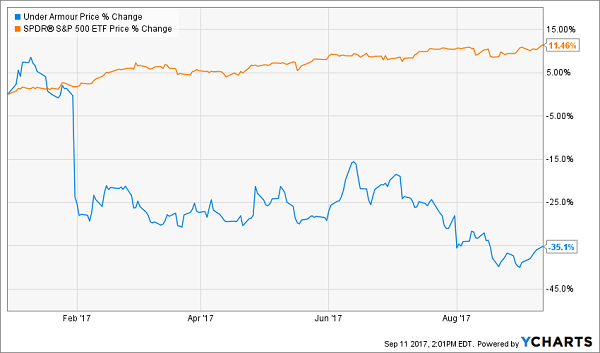The ongoing trade dispute with China frightened U.S. investors again on Monday, sending the Dow Jones Industrial Average down 617 points. However, markets were able to claw back those losses over the next three trading sessions.
While no resolution has been made between the two superpowers, the war of words has since quieted down. In addition, investors cheered solid earnings reports from blue-chips, like Cisco Systems (CSCO) and Wal-Mart (WMT).
Calculating the Tariff Cost
Still, President Trump has vowed to consider tariffs on another $300 billion of Chinese goods next month, if the two countries don’t agree to a truce by the G20 Summit in Japan.… Read more


Recent Comments